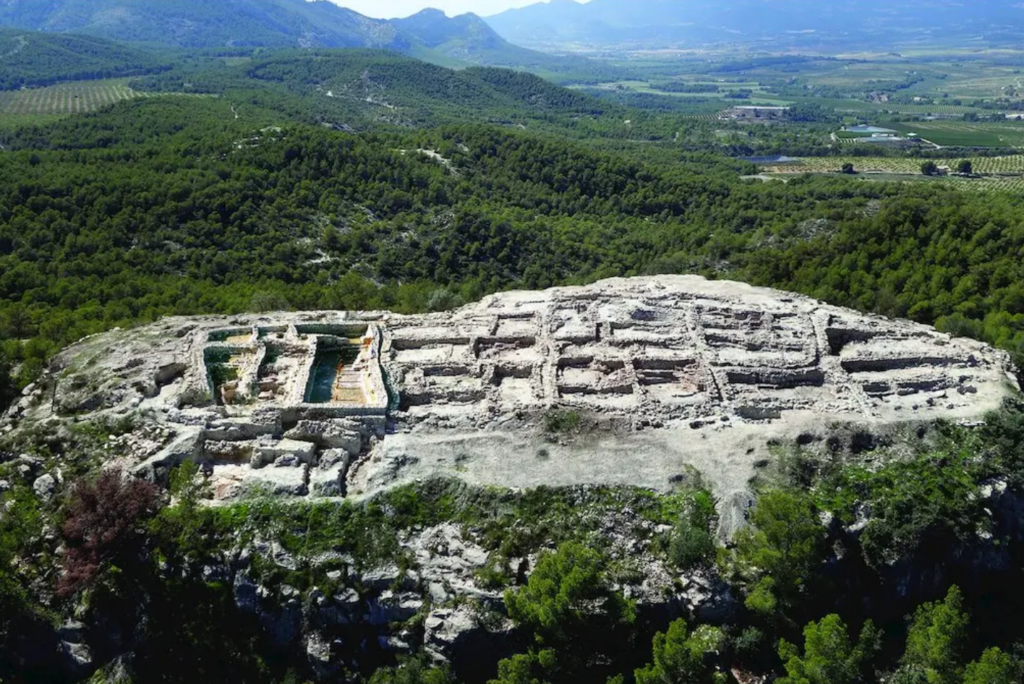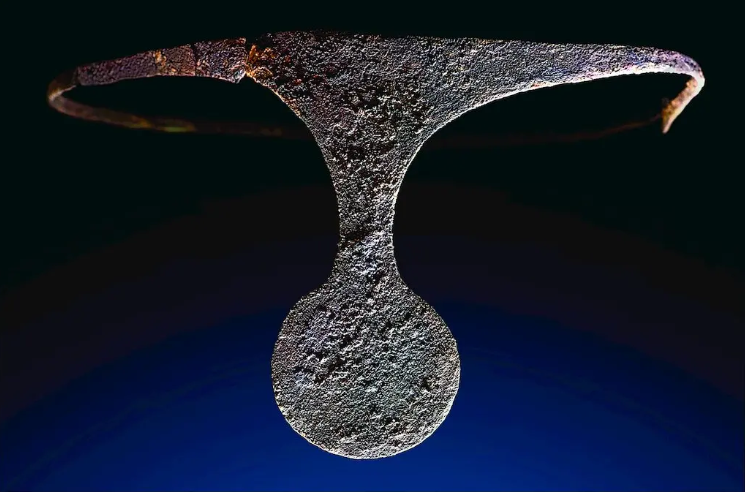Meaningful archaeological research occurs when we remove our preconceived notions. Historically, academics assumed women have always been passive and subordinate actors within the political world: this stems from the belief that women are biologically suited for caregiver roles rather than leadership roles (Murr and Zayas 2023). Feminist Archaeology focuses on decentering the Western and male analysis by considering women as active agents within their communities.

The Bronze Age tomb of El Argar, discovered in the Iberian Peninsula in 2014, illustrates the necessity to approach archeology using methodical and empirical observations rather than assumptions. Grave 38 is a mid-seventeenth-century B.C. ceramic jar-like tomb containing two human remains (Lull and Herrada 2021). Pelvic and cranial structures indicated that one was of a woman, aged 25 to 30, and the other was a man, aged 30 to 40. Burial sites are important because they help us understand the values of a culture. The two remains were buried under an elaborate structure, believed to be a political building, indicating they were likely part of the ruling class (Figure 1) (Pinkowski 2021). The woman is adorned with beaded necklaces, rings, hair pins, and a silver diadem (Figure 2). The man has notably fewer possessions and is lying beside a simple dagger.

Without feminist archeology, it would be easy to assume that the female was the romantic partner of a male political figure and that she had been buried with silver jewelry because she was considered beautiful (Geggel 2021). This dismisses her potential importance and prevents us from understanding their social structures more deeply. Grave 38 challenges our previous belief that the women of El Argar were not leaders. When we approach the site from a more neutral and empirical perspective, we see that the female was buried after the death of her partner, indicating that her influence must have extended past his presence. Women generally had more lavish burials than men, indicating their societal importance. The diadem she was buried with is large, extending from her forehead to her nose. It would have been polished to allow those facing her to see their reflection: archeologists believe this was intended to have a threatening effect indicating her authority. A silver awl was buried beside her, indicating she could have been a political leader in the large linen textile industry.
Grave 38 challenges our understanding of El Argar’s social structure. It was previously believed that men were buried with daggers because they played an important role in political decisions (Geggel 2021). However, the location of the tomb and objects buried with the woman disprove such a belief. It is now believed that men of the ruling class were reinforcing political decisions, but women played an essential role in making them. A neutral and feminist approach to examining this site revealed a wealth of information about this society’s social and political structures that would be impossible without approaching archaeology from an empirical perspective.
Further reading
References
Geggel, Laura. “’Powerful, maybe even frightening’ woman with diadem may have ruled in Bronze Age Spain.” Live Science. March 12, 2021. https://www.livescience.com/diadem-bronze-age-burial-spain.html.
Lull, Vicente et. al. March 11, 2021. “Emblems and spaces of power during the Argaric Bronze Age at La Almoloya, Murcia.” A Review of World Archaeology 95 (380): 329-348. https://www.cambridge.org/core/journals/antiquity/article/emblems-and-spaces-of-power-during-the-argaric-bronze-age-at-la-almoloya-murcia/B27A3C7AD23625DD39C6D4F2C3981C2F.
Murr, Isabel., and Zayas, Elliot. “Engendering the Past: Practices and Potentials of an Explicitly Feminist Archaeology.” Barnard College. (n.d.). https://barnard.edu/engendering-past-practices-and-potentials-explicitly-feminist-archaeology.
Pinkowski, Jennifer. “She Was Buried With a Silver Crown. Was She the One Who Held Power?” The New York Times. March 11, 2021. https://www.nytimes.com/2021/03/11/science/bronze-age-tomb-women.html

What were some feminist frameworks that helped “approach the site from a more neutral and empirical perspective”? Do you think the archaeology/anthropology of affect is involved in this process?
Feminists view textile production as a gendered framework, allowing women wealth when barred from most occupations. The woman had an awl. This object was financial, not domestic.
Anthropology of effect suggests that she had a non-transactional relationship with the man she was buried with because he was buried after her.